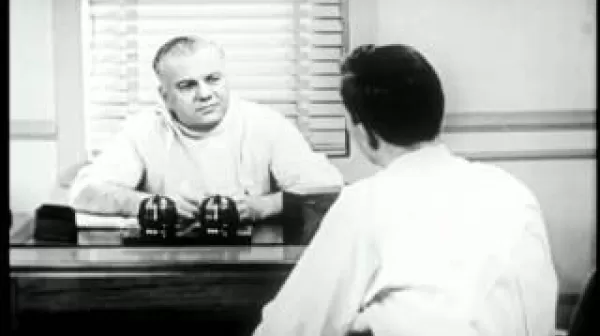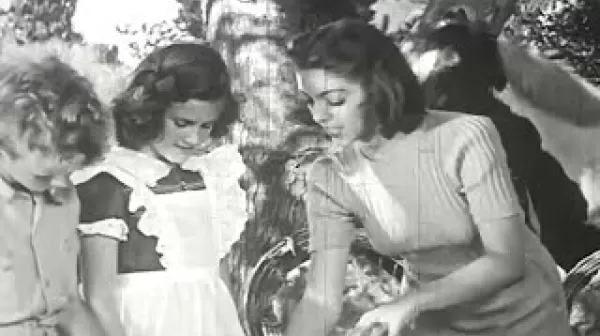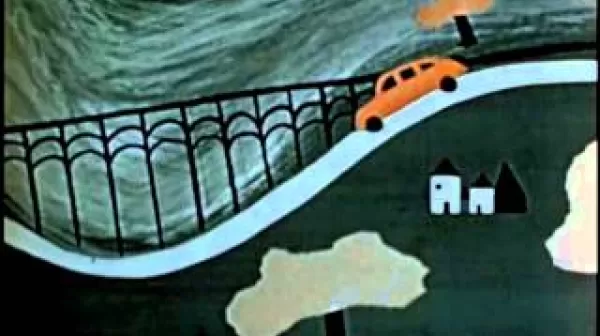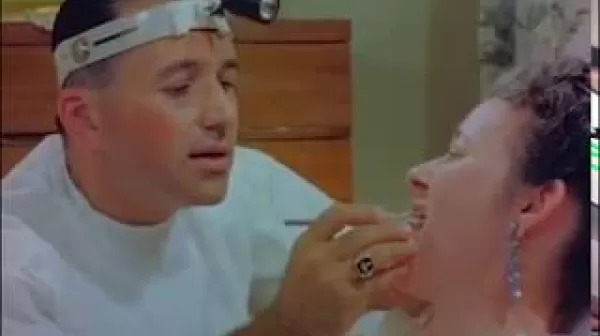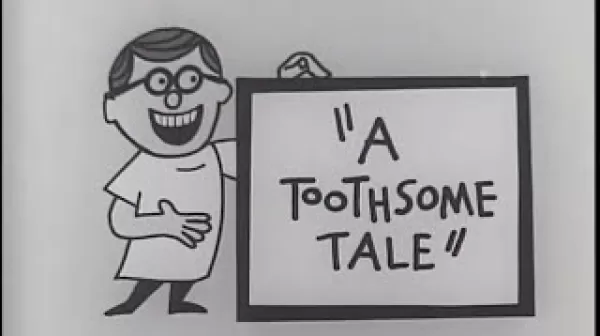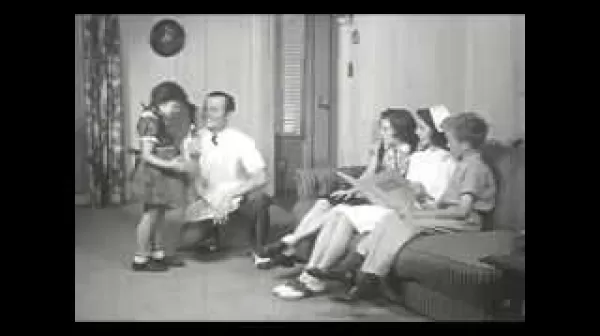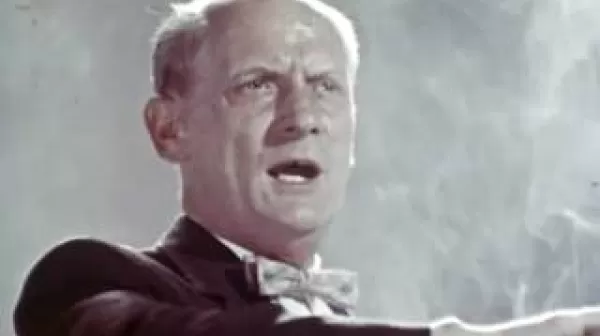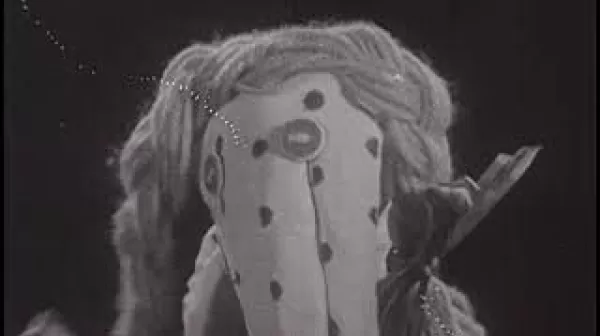Student Flyer (American Dental Association, 1944)
Jim Barnes, a high school student and flying enthusiast, proves unable to master his flying instructions. Finally, after a particularly bad landing, his instructor advises him that it is useless to continue training. Jim, heartbroken, tells his instructor that his boyhood dream was aviation. The kindly instructor advises him to have a thorough physical examination to determine the possible source of his trouble. Jim visits his physician, who discovers that his visual acuity is below par and advises a dental examination.

